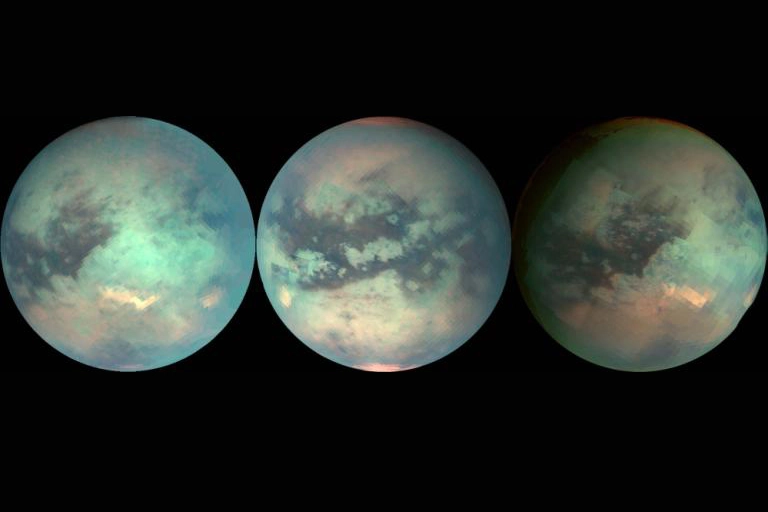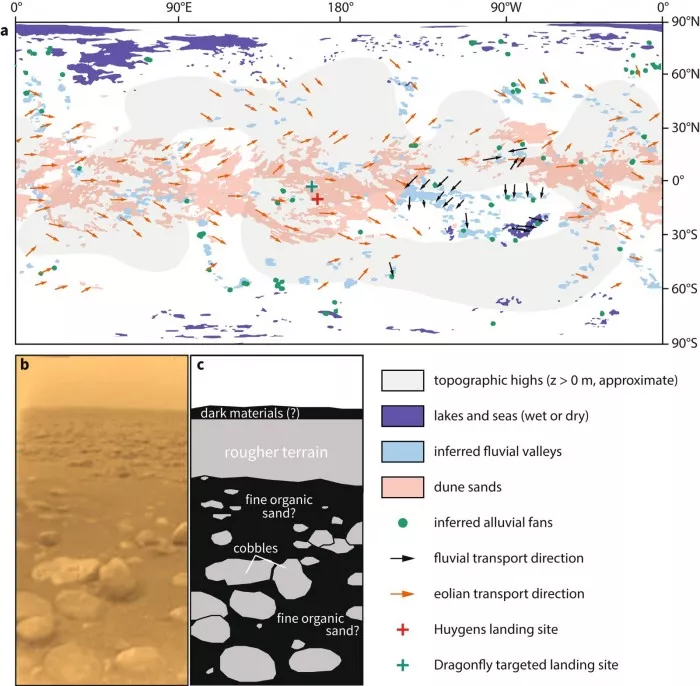According to BGR, when you look at Titan, you may think it looks like our own planet. However, Saturn's moons are very different from the earth. The earth's landscape is composed of silicate sediments, while many people believe that Titan's landscape is composed of solid organic compounds. Therefore, they should be much more fragile than the earth A new study may have figured out how the landscape on Titan formed

From space, Titan looks very similar to earth. However, when you really start to understand the landscape that makes up the satellite, things become very interesting. From space, the scenery on Titan may be beautiful. But on the surface, the landscape is cut by flowing rivers of liquid methane, and the land itself is made of hydrocarbons.
For years, scientists have wondered how fragile components like Titan's hydrocarbons can withstand the strong nitrogen winds and liquid methane that cover the planet. Through this new study, Mathieu lap ô tre, an associate professor of Geosciences at Stanford University, and other researchers may have found a combination that helps keep the landscape on Titan from being worn out.
According to their publication in geophysical research letters 》In this study, a new model based on sintering, wind and seasonal changes can explain how the landscape on Titan remains unchanged over time.

To determine how Titan's landscape survives, scientists focused their efforts on sediments called Oolites. These sediments are found on earth and are thought to be similar in composition to those found on Saturn's moons. Therefore, oolite may be the closest thing that researchers can correctly study Titan's landform soon.
The reason why Oolites are so intriguing is that these sediments are eroding while growing. These particles add material due to a process called chemical precipitation. Then, at the same time, the water in which they live will erode these materials. This allows Oolites to maintain a consistent size.
The researchers believe that the sediments that make up Titan's landscape may have used a similar process. They also believe that the seasonal liquid transport cycle on Titan may also play a role in the operation of this process. The researchers also believe that a similar process may have been active on Mars in the past.
"Our research shows that on Titan - as it used to be on earth and Mars - we have an active sedimentary cycle that can explain the topographic latitudinal distribution of Occasional Wear and sintering driven by Titan's seasons," lap ô tre said in a press release on the study